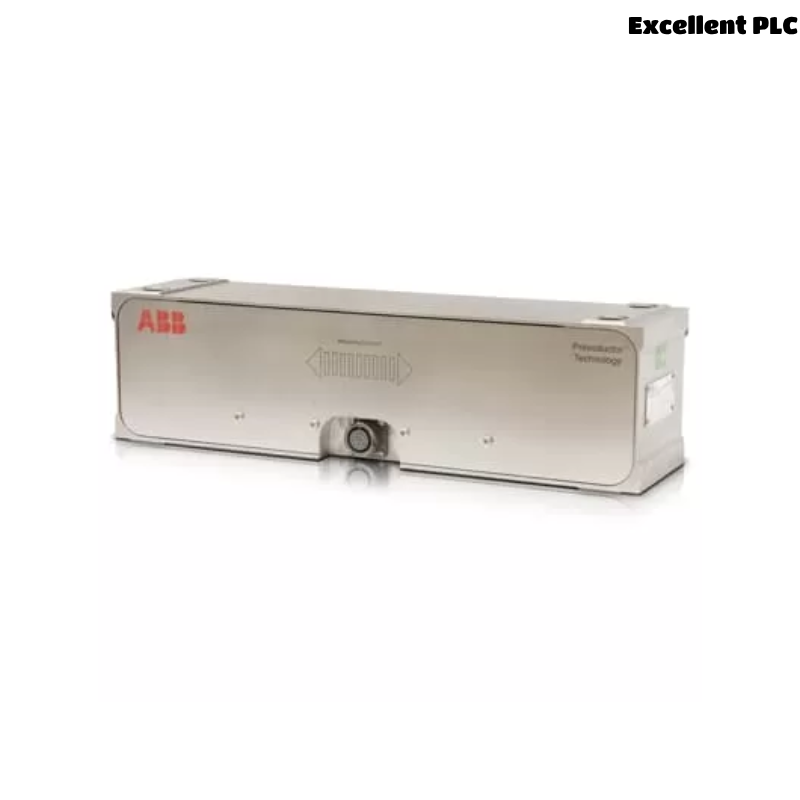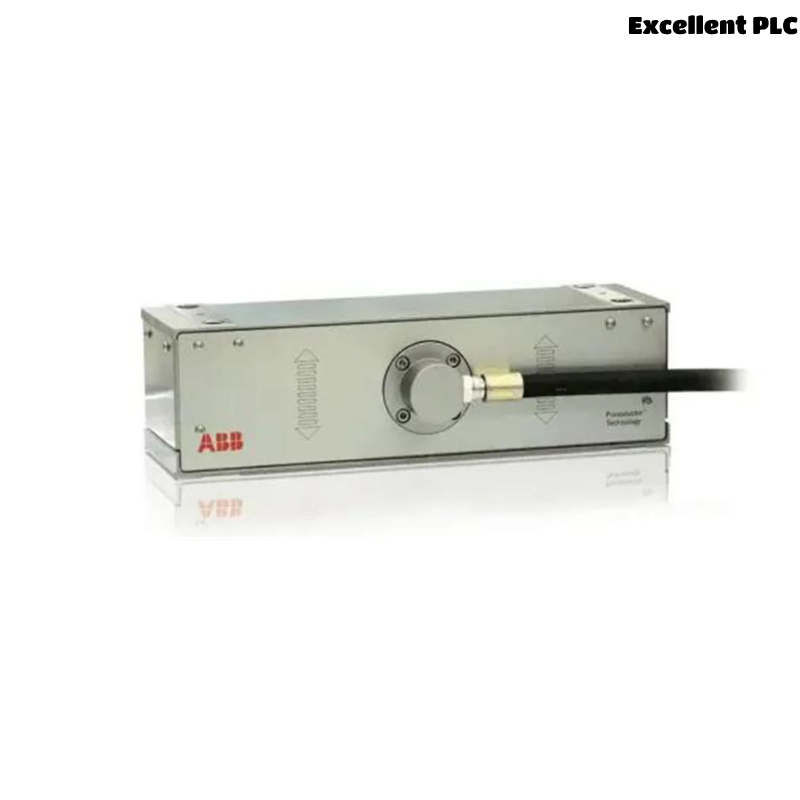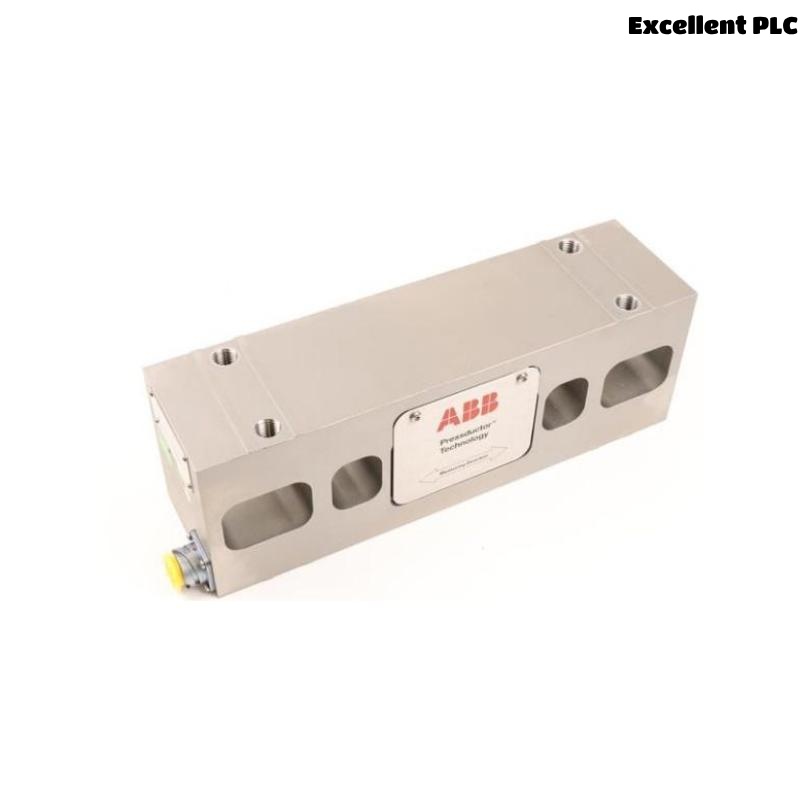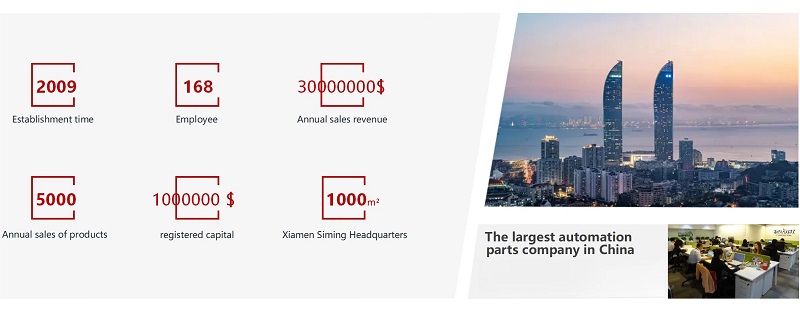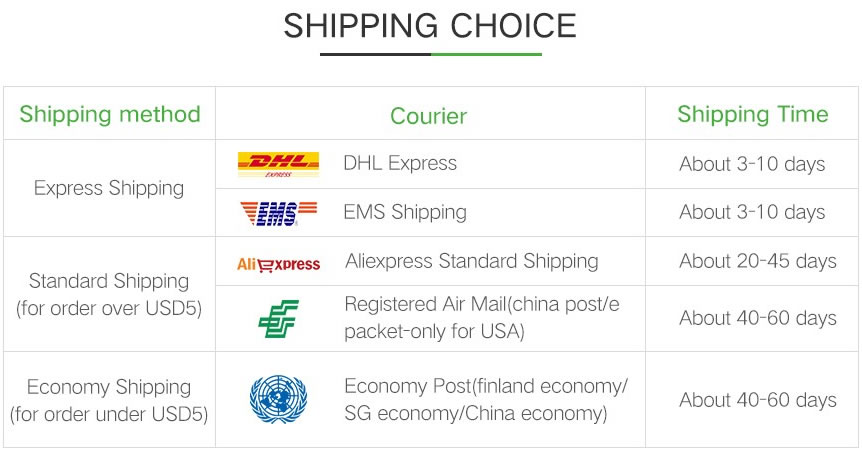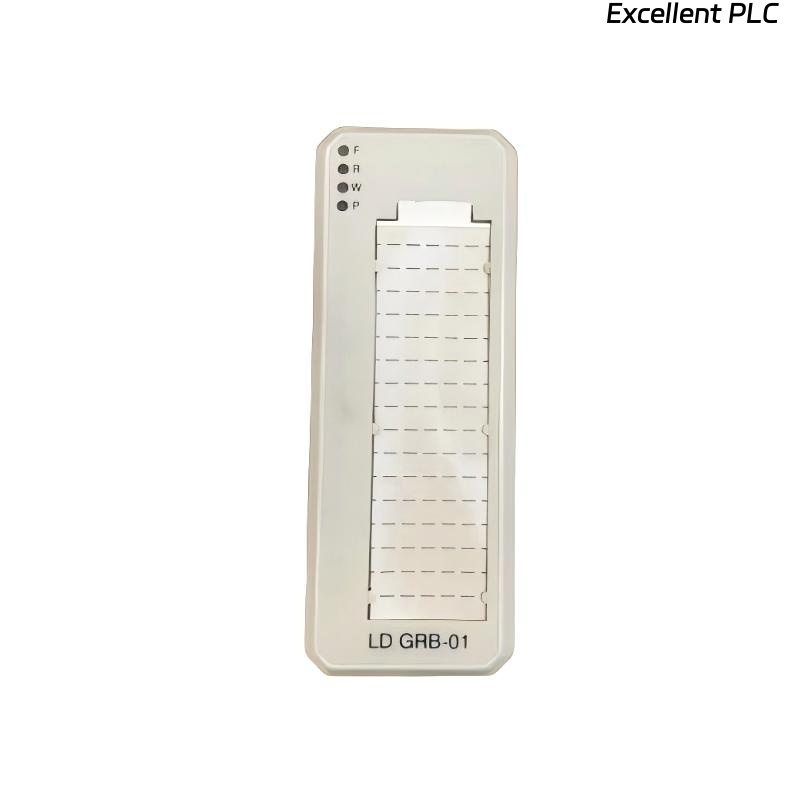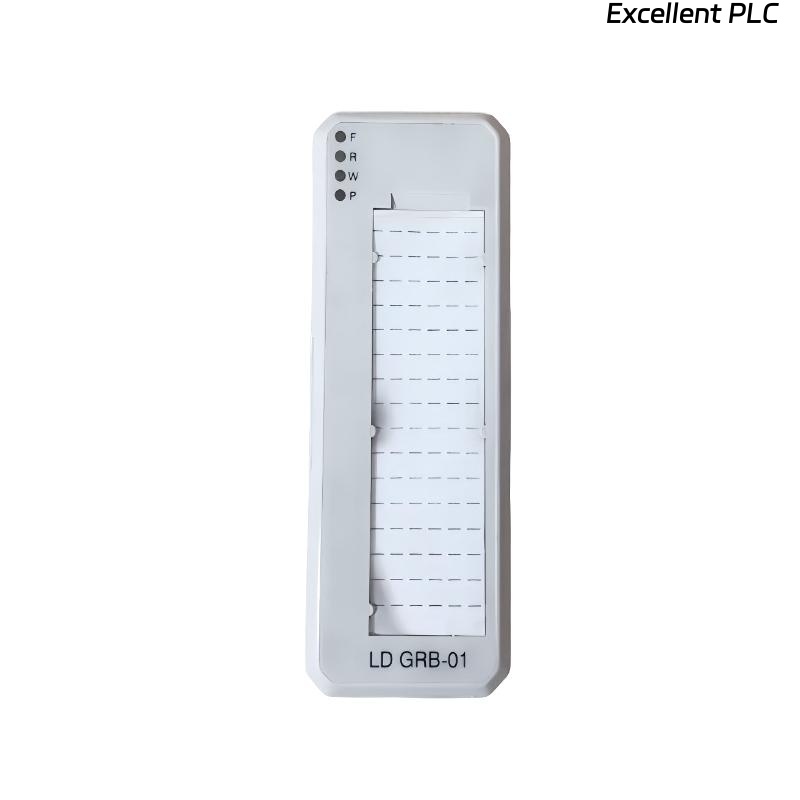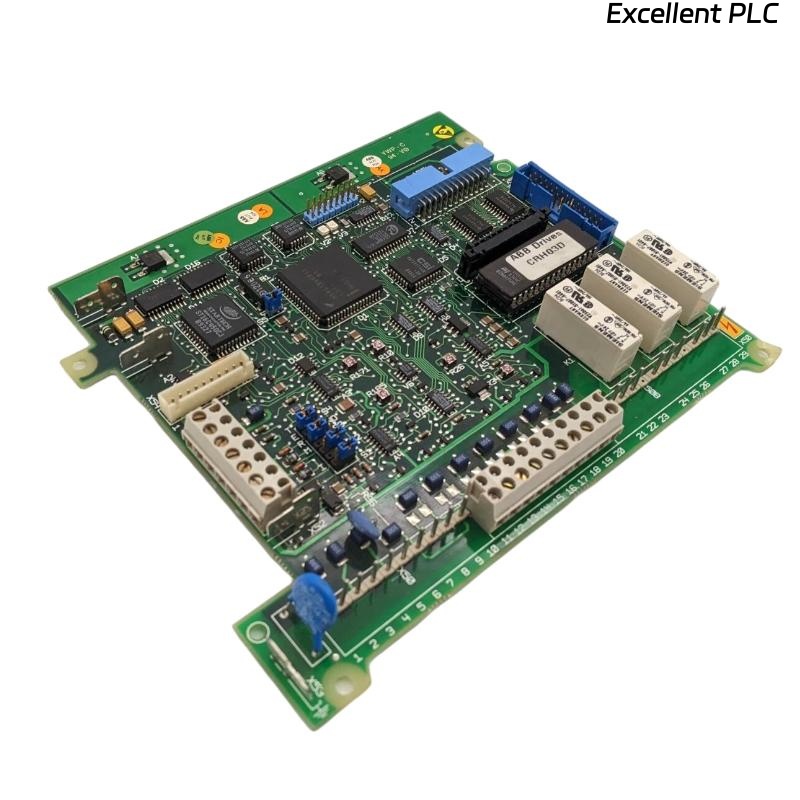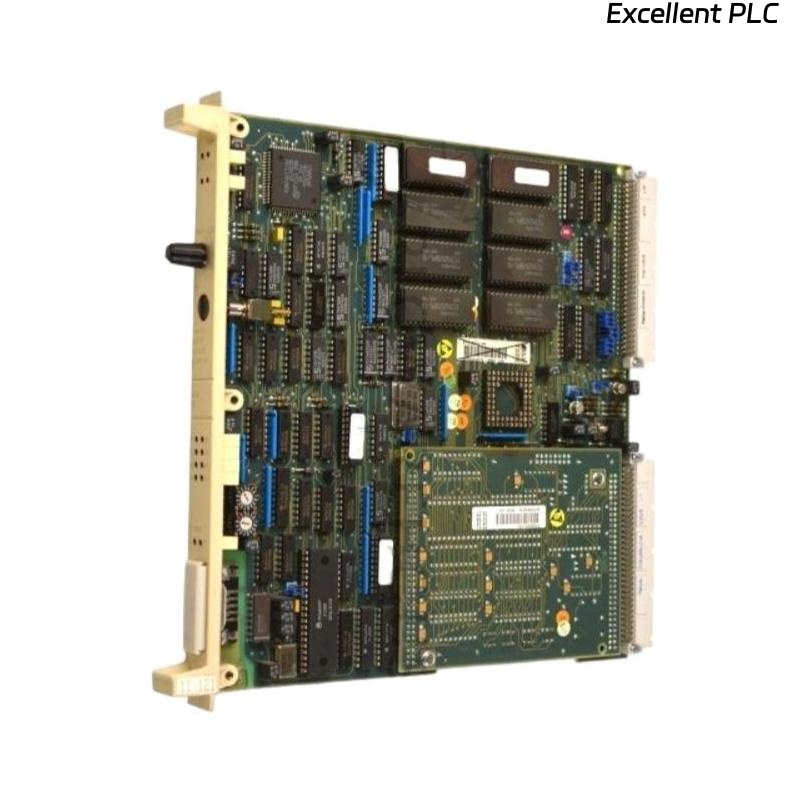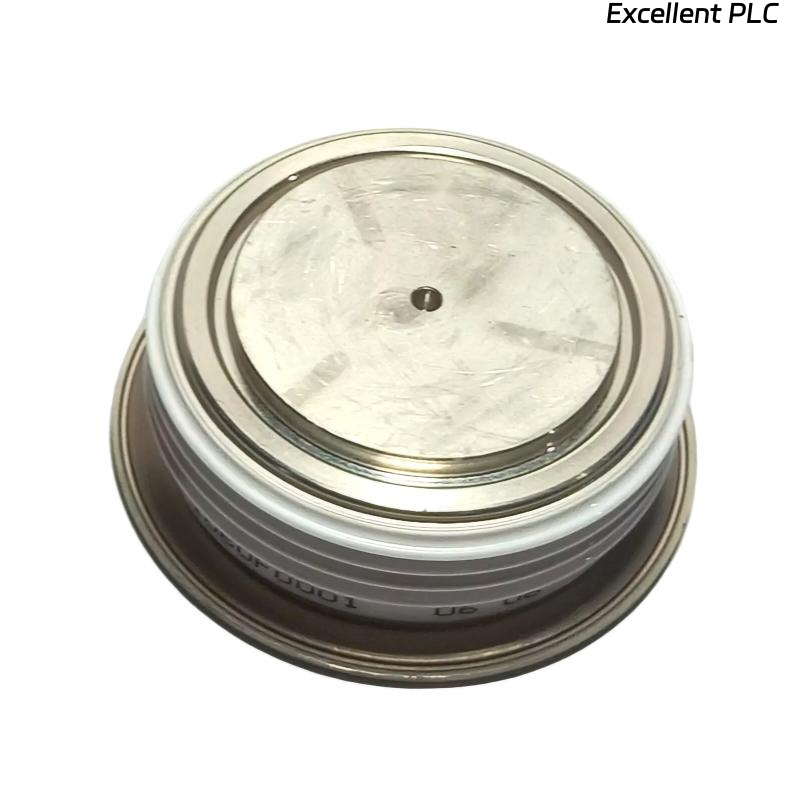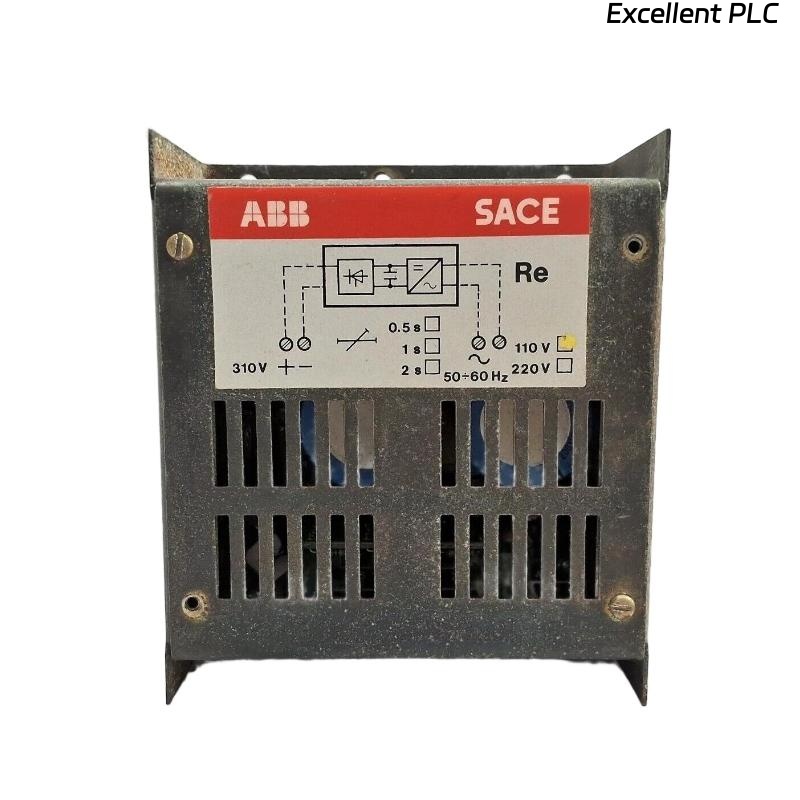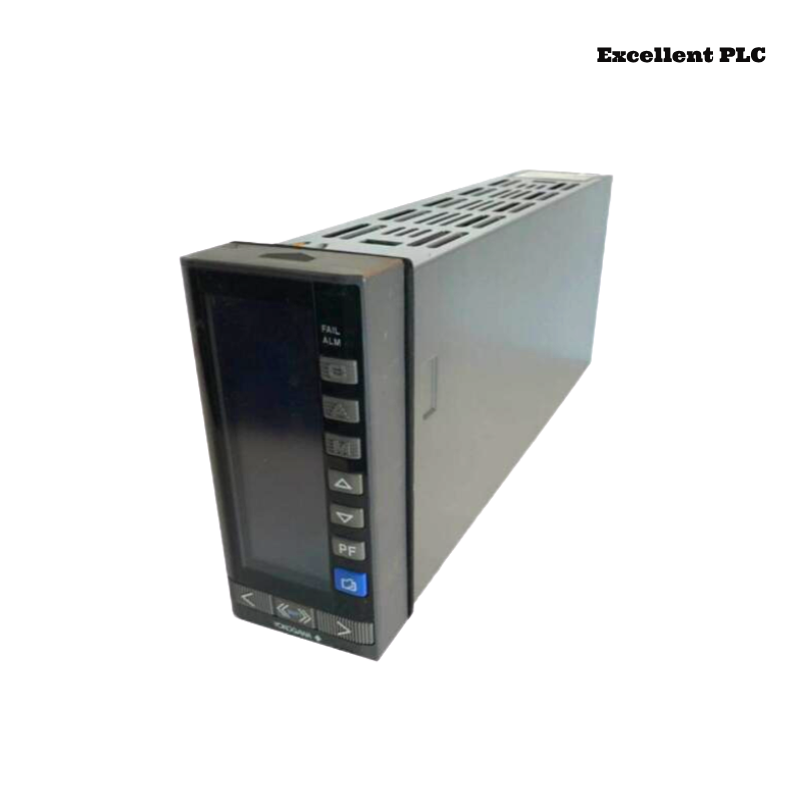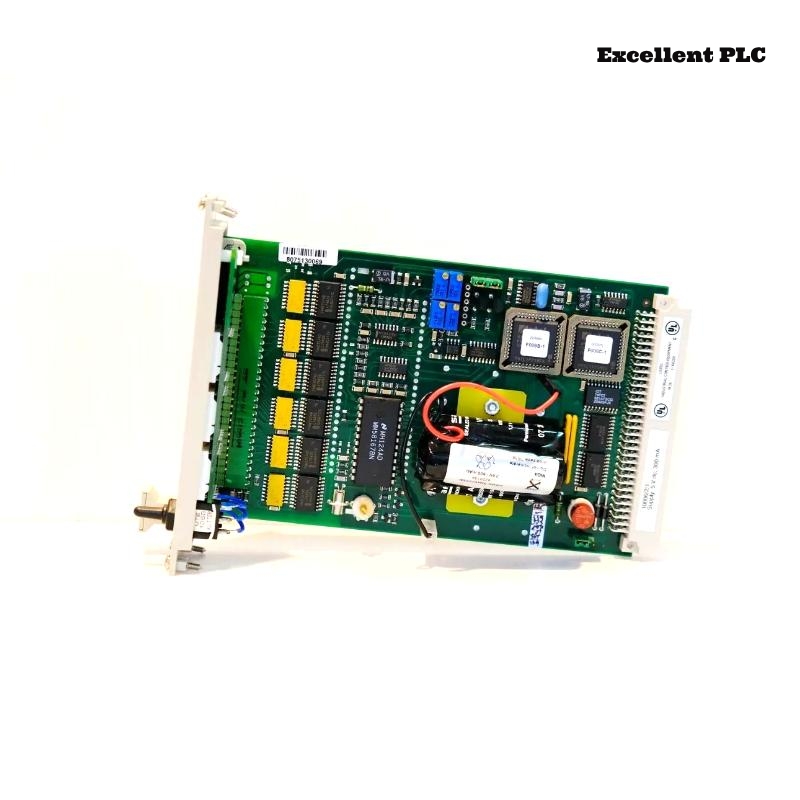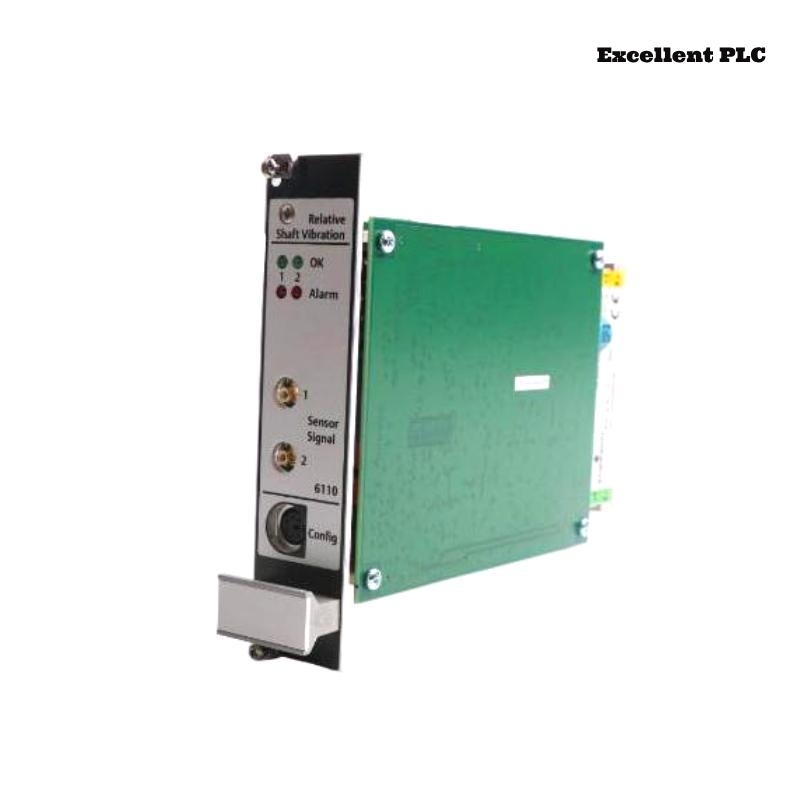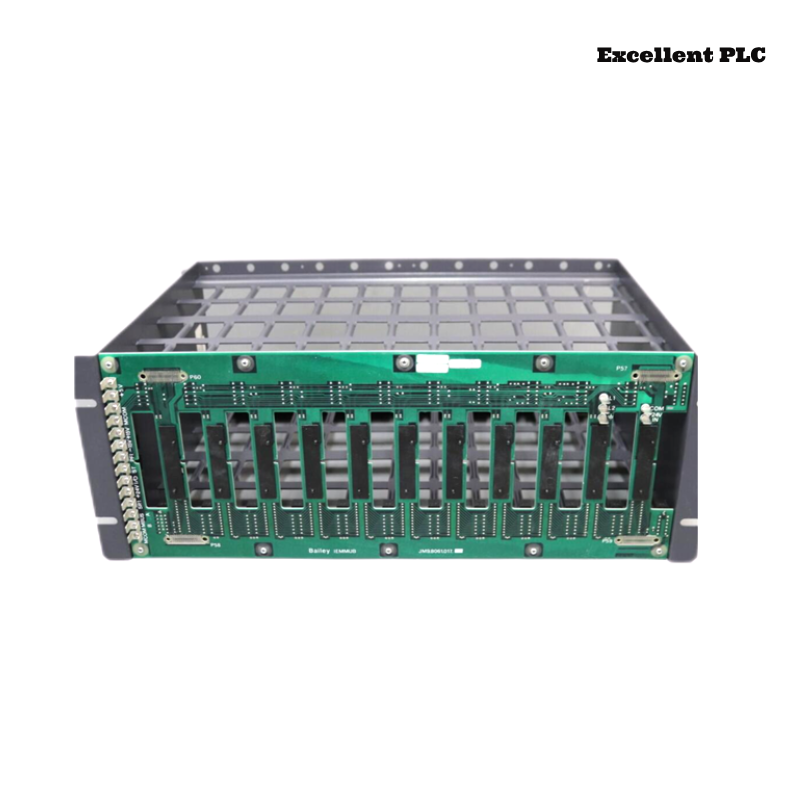| Company Information | ||||||||
| [email protected] | ||||||||
| Mobile | +8613666033393 | |||||||
| +8613666033393 | ||||||||
| 13666033393 | ||||||||
| Add | Room 1004, No. 62 Xiangxiu Li, Siming District, Xiamen City, Fujian Province, China | |||||||
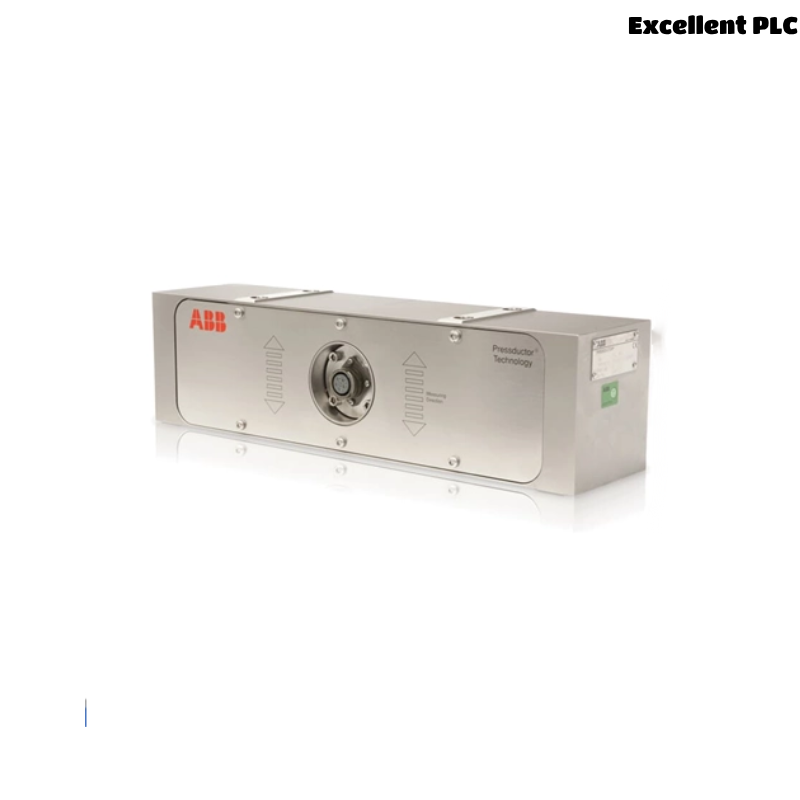
Product Introduction
—
The ABB PFTL201C-10KN 3BSE007913R0010 is a high-precision force transducer designed for use in demanding industrial environments where real-time force measurement and control are essential. This model belongs to ABB’s Pressductor series, which is known for its superior performance in heavy-duty applications such as metal rolling, web tension control, and process automation.
Built with ABB’s patented Pressductor technology, the PFTL201C-10KN converts mechanical force into an electrical signal using a unique magnetoelastic principle. It ensures unmatched signal stability and mechanical robustness, even under extreme overload or harsh environmental conditions. With a nominal force capacity of 10 kN, this transducer is widely applied in both new installations and upgrades of existing measurement systems.
Product Features and Advantages
—
-
True Non-Contact Measurement: Employs ABB’s Pressductor principle which eliminates frictional wear and extends operational life.
-
Exceptional Overload Capacity: Can withstand up to 500% overload without compromising accuracy.
-
Robust Stainless-Steel Housing: Ensures long-term durability even in chemically aggressive or high-vibration environments.
-
High Measurement Accuracy: Low temperature drift and excellent linearity provide consistent and reliable results.
-
Simple Integration: Designed for seamless integration with ABB control systems like the Advant, Freelance, and AC 800M series.
-
Maintenance-Free: No moving parts, no recalibration needed under normal operation.
-
EMC Compliant: Designed for high electromagnetic immunity, making it suitable for modern electrical environments.
Technical Specifications
—
| Parameter | Specification |
|---|---|
| Product Name | PFTL201C-10KN |
| ABB Order Code | 3BSE007913R0010 |
| Nominal Measuring Force | 10 kN |
| Measurement Principle | Magnetoelastic (Pressductor) |
| Output Signal | Voltage / Current (dependent on configuration) |
| Accuracy Class | ≤ ±0.5% of rated capacity |
| Material | Stainless Steel |
| Protection Class | IP67 |
| Operating Temperature | -10°C to +70°C |
| Weight | 21 kg |
| Dimensions | 220 x 125 x 50 mm |
| Maximum Overload | 500% of nominal load |
| Cable Connection | 4-wire shielded, 5 m standard length |
| Mounting Type | Flange Mount |
Product Applications
—
-
Steel and Metal Rolling Mills: For measuring and controlling rolling force.
-
Paper and Pulp Industry: Used in web tension control during winding and unwinding.
-
Plastic Film Manufacturing: Maintains consistent tension in high-speed processes.
-
Textile Machinery: Enables precision tension control in yarn and fabric handling.
-
Rubber Processing: Controls press force and sheet tensioning in rubber production.
-
Converting Applications: Ensures product quality by monitoring web force during slitting or laminating.
Installation Instructions
—
-
Pre-Installation Check
-
Ensure the mounting surface is flat, clean, and strong enough to support the transducer.
-
Verify electrical integrity of grounding and shielding components.
-
-
Mechanical Mounting
-
Use M12 or equivalent-grade bolts for secure flange mounting.
-
Do not apply force to the sensor body during installation.
-
-
Electrical Connection
-
Connect the shielded cable to the control unit or data acquisition module.
-
Maintain correct polarity and ensure signal line isolation.
-
-
Calibration (If Required)
-
The sensor comes pre-calibrated. However, system-level calibration may be needed using known reference loads.
-
-
Testing
-
Run diagnostics to verify signal response and system integration.
-
-
Maintenance
-
No routine maintenance required. Inspect connections and housing condition annually.
-
Compatible and Related Models (Same Series / Application Range)
—
| Model | Nominal Force | Output Signal Type | Dimensions (mm) | Weight (kg) |
|---|---|---|---|---|
| PFTL201C-5KN | 5 kN | Voltage | 180 x 80 x 65 | 3.2 |
| PFTL201C-20KN | 20 kN | Voltage | 220 x 80 x 70 | 3.7 |
| PFTL201C-30KN | 30 kN | Voltage | 230 x 90 x 75 | 4.0 |
| PFTL101A-2KN | 2 kN | Analog | 150 x 70 x 60 | 2.8 |
| PFTL301E-50KN | 50 kN | Current | 250 x 95 x 85 | 5.0 |
| PFTL201C-15KN | 15 kN | Voltage | 215 x 80 x 65 | 3.6 |
Popular ABB Models (Same Brand Recommendations)
—
| Model Number | Description | Voltage Range | Dimensions (mm) | Weight (kg) |
|---|---|---|---|---|
| PFTL301E-100KN | High-capacity force transducer | 24V DC | 280 x 100 x 90 | 6.2 |
| 3BSE008540R1 | AI810 Analog Input Module | 24V DC | 120 x 75 x 55 | 0.4 |
| 3BSE003645R1 | CI854AK01 Communication Interface | 24V DC | 140 x 90 x 65 | 0.6 |
| PM866K01 | Processor Unit for AC 800M | 24V DC | 200 x 100 x 80 | 1.2 |
| TU830V1 | Compact Module Termination Unit | 24V DC | 120 x 60 x 50 | 0.3 |
| 3BSE018157R1 | DO820 Digital Output Module | 24V DC | 110 x 70 x 50 | 0.4 |
| TB820V2 | Module Bus Terminator | Passive | 50 x 30 x 20 | 0.1 |
| 3BSE005883R1 | AO810V2 Analog Output Module | 24V DC | 130 x 70 x 60 | 0.5 |
Frequently Asked Questions (FAQs)
—
Q1: What is the working principle of the PFTL201C-10KN?
A1: It uses ABB’s patented Pressductor® technology, which relies on magnetoelastic effects rather than strain gauges, offering non-contact and highly durable force measurement.
Q2: Is recalibration necessary over time?
A2: Typically no. The unit maintains long-term stability and accuracy unless subjected to extreme mechanical abuse or reinstallation.
Q3: What kind of signal output does it provide?
A3: It offers voltage or current output depending on the configuration. Most versions use ±10V output.
Q4: Can the sensor be used outdoors?
A4: Yes, the IP67-rated stainless-steel enclosure protects it from dust, moisture, and harsh environments.
Q5: What is the overload capacity of the unit?
A5: The transducer can withstand overloads of up to 500% of its nominal load without permanent damage.
Q6: Is this device compatible with non-ABB systems?
A6: Yes, it can be integrated with third-party systems that support voltage/current signal processing.
Q7: How is it mounted in a system?
A7: It is typically flange-mounted using bolts and aligned to ensure accurate axial force transmission.
Q8: What maintenance does it require?
A8: No regular maintenance is needed, but visual inspection of cables and housing is recommended annually.
Q9: What industries most commonly use this sensor?
A9: Steel, pulp & paper, plastics, textiles, converting, and process automation sectors.
Q10: Can the cable be extended?
A10: Yes, but ensure the shielding is properly maintained to prevent signal degradation or interference.
 Excellent PLC
Excellent PLC


